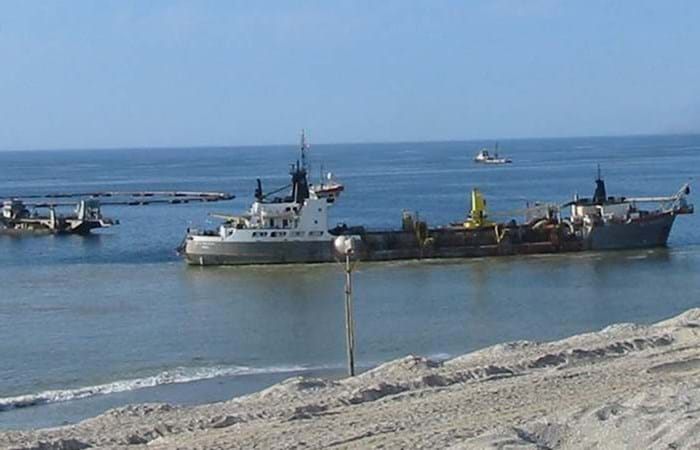Boskalis International B.V. was working as a subcontractor to the Chilean civil contractor Empresa Constructora BELFI SA, which was awarded the contract to construct phase 1 of the New Mega Port Mejillones. This port has been developed in order to ship the copper of the Chilean mining corporation CODELCO.
The new terminal is capable of handling 2 million tonnes of copper cathodes. For that purpose, CODELCO established the holding company Complejo Portuario Mejillones, which sold a concession for 30 years to Compania Portuaria Mejillones, a joint venture between BELFI and maritime agency ULTRAMAR. The works executed by Dragamex consisted of the following:
- Monitoring the quality of the water 30 days prior to the beginning of the dredging works, including the quantity of suspended solids, the chlorophyll A concentration, the current speed and direction, the water temperature at predetermined points, and the tide, the wind direction and speed continuously.
- Monitoring the water quality during the dredging process, measuring the same parameters as mentioned in the previous paragraph, however, more frequently. This in order to assure that the sedimentation that came out of the dredging process did not exceed a predetermined surface, and that protected areas did not receive a higher concentration then 400 mg/lt.
- Dredging and deepening of the harbor turning basin and mooring places. The volume dredged was approx. 1 million m3.
